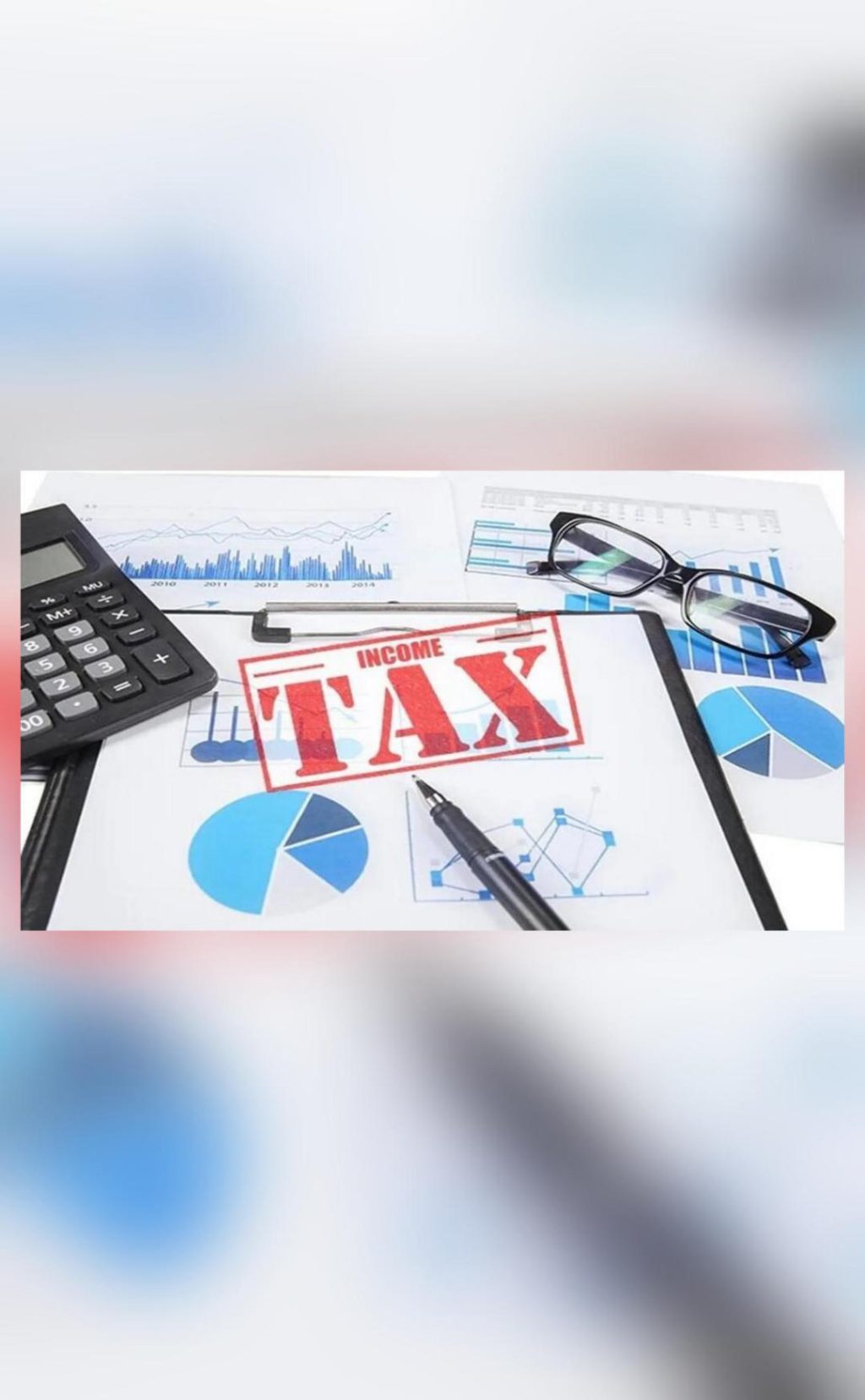
How Long Does It Take to Get a Tax Refund & When is it Applicable?
As the financial year 2024-2025 comes to a close, many taxpayers are likely to be eagerly awaiting their tax refunds. But have you ever wondered how long it takes to receive a tax refund and what are the conditions that make it applicable? In this blog post, we will delve into the nitty-gritty of tax refunds and provide you with a comprehensive guide on what to expect.
What is a Tax Refund?
A tax refund is a amount of money that the Income Tax Department (ITD) returns to a taxpayer when the tax amount paid is more than the total tax liability based on their income in a financial year. In other words, if a taxpayer has paid more taxes than required, the excess amount is refunded to them.
When is a Tax Refund Applicable?
A tax refund is applicable when a taxpayer’s total tax liability, as calculated by the ITD, is less than the amount of tax paid by them. This can happen in several scenarios, such as:
- When a taxpayer has paid more taxes than required due to incorrect tax calculations or errors in the tax return.
- When a taxpayer has claimed deductions or exemptions that are not allowed by the ITD.
- When a taxpayer has paid taxes on income that is not taxable, such as interest earned on a deposit in a bank.
How Long Does It Take to Get a Tax Refund?
Once a taxpayer has filed their Income Tax Return (ITR) and completed the e-verification process, the ITD takes about four to five weeks to process the refund. The refund is credited directly into the taxpayer’s bank account, and the taxpayer can track the status of their refund on the ITD’s website.
E-Verification: A Crucial Step
To receive a tax refund, taxpayers must e-verify their ITRs. E-verification is an online process that requires taxpayers to submit their proof of identity and proof of address. Once the ITD receives and verifies the e-verified documents, it begins processing the refund.
What to Expect During the Refund Process
During the refund process, taxpayers can expect the following steps:
- Verification of ITR: The ITD verifies the taxpayer’s ITR for any errors or discrepancies.
- Calculation of Tax Liability: The ITD calculates the taxpayer’s total tax liability based on their income and other details.
- Comparison with Paid Taxes: The ITD compares the taxpayer’s total tax liability with the amount of tax paid by them.
- Refund Processing: If the taxpayer is eligible for a refund, the ITD processes the refund and credits it to their bank account.
- Refund Status Update: The ITD updates the refund status on its website, allowing taxpayers to track the progress of their refund.
Tips to Ensure a Smooth Refund Process
To ensure a smooth refund process, taxpayers should:
- File their ITR accurately and on time.
- Complete the e-verification process promptly.
- Keep their bank account details updated and accurate.
- Check their refund status regularly on the ITD’s website.
Conclusion
In conclusion, a tax refund is applicable when the tax amount paid is more than the total tax liability based on one’s income in the financial year 2024-2025. To receive refunds, taxpayers must e-verify their ITRs. After e-verification is completed, the IT department takes about four to five weeks to process the refund. By following the tips outlined above, taxpayers can ensure a smooth and hassle-free refund process.
Source:






